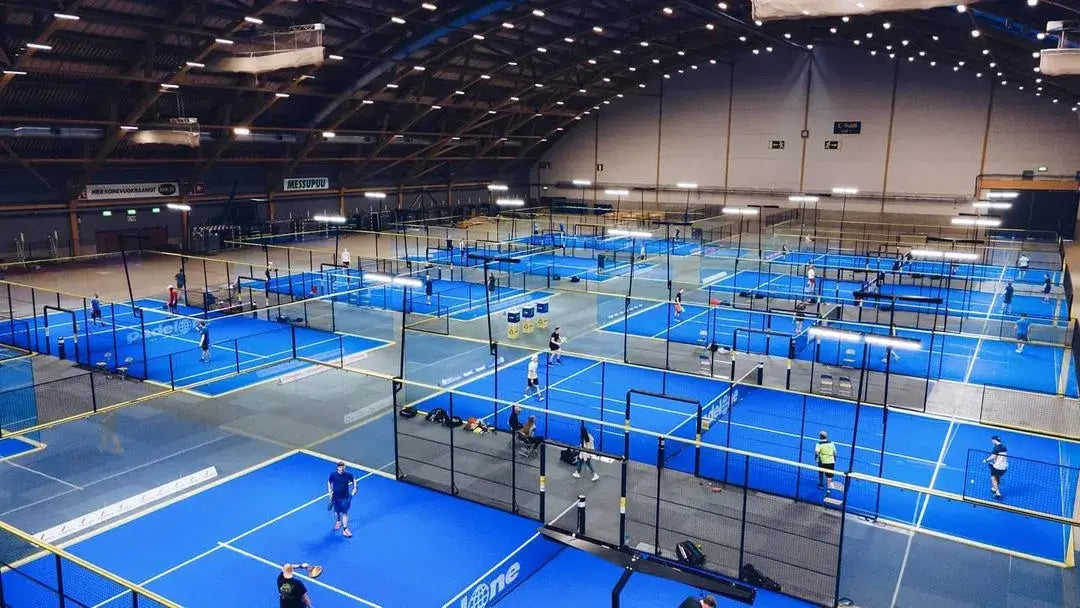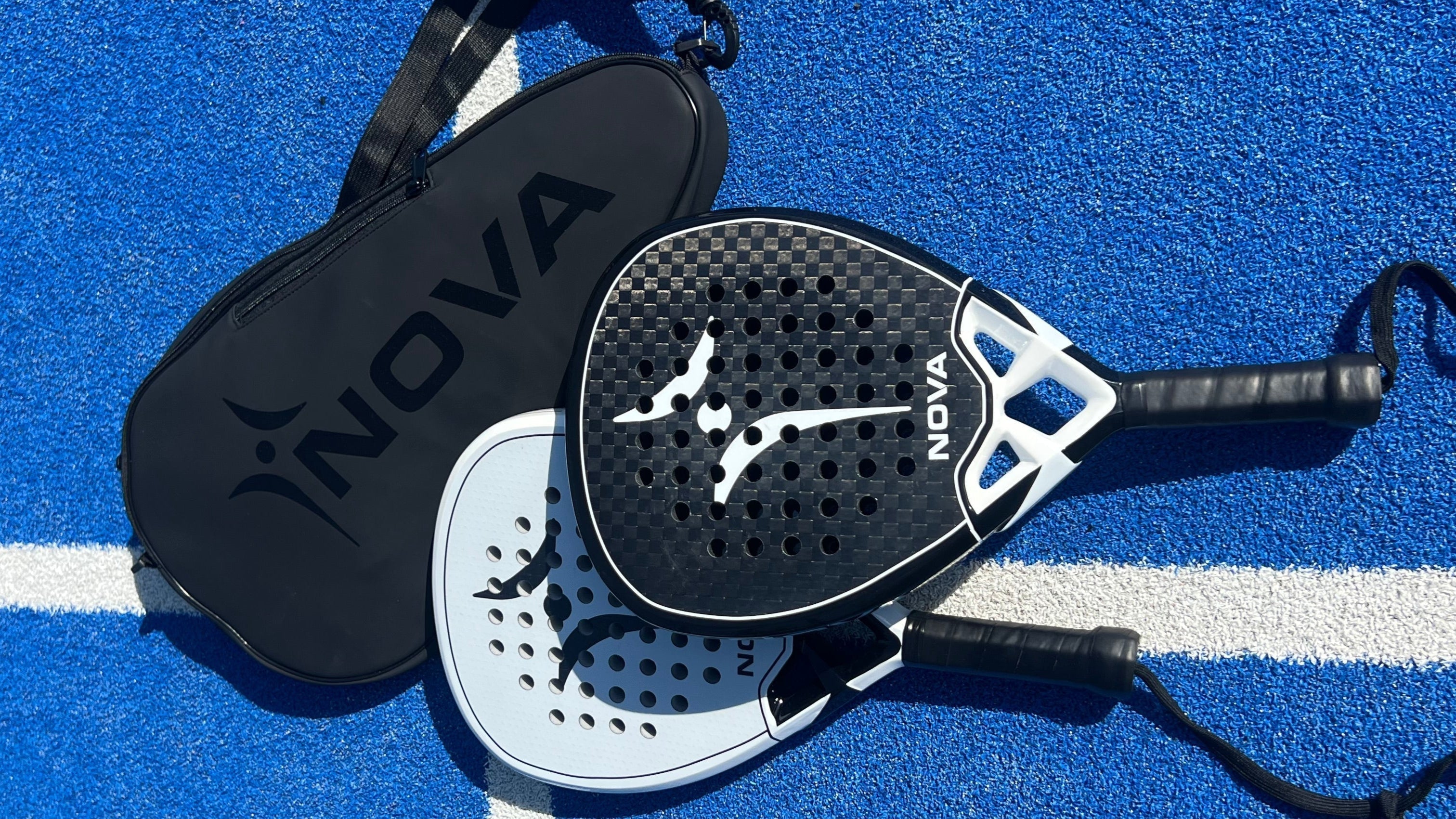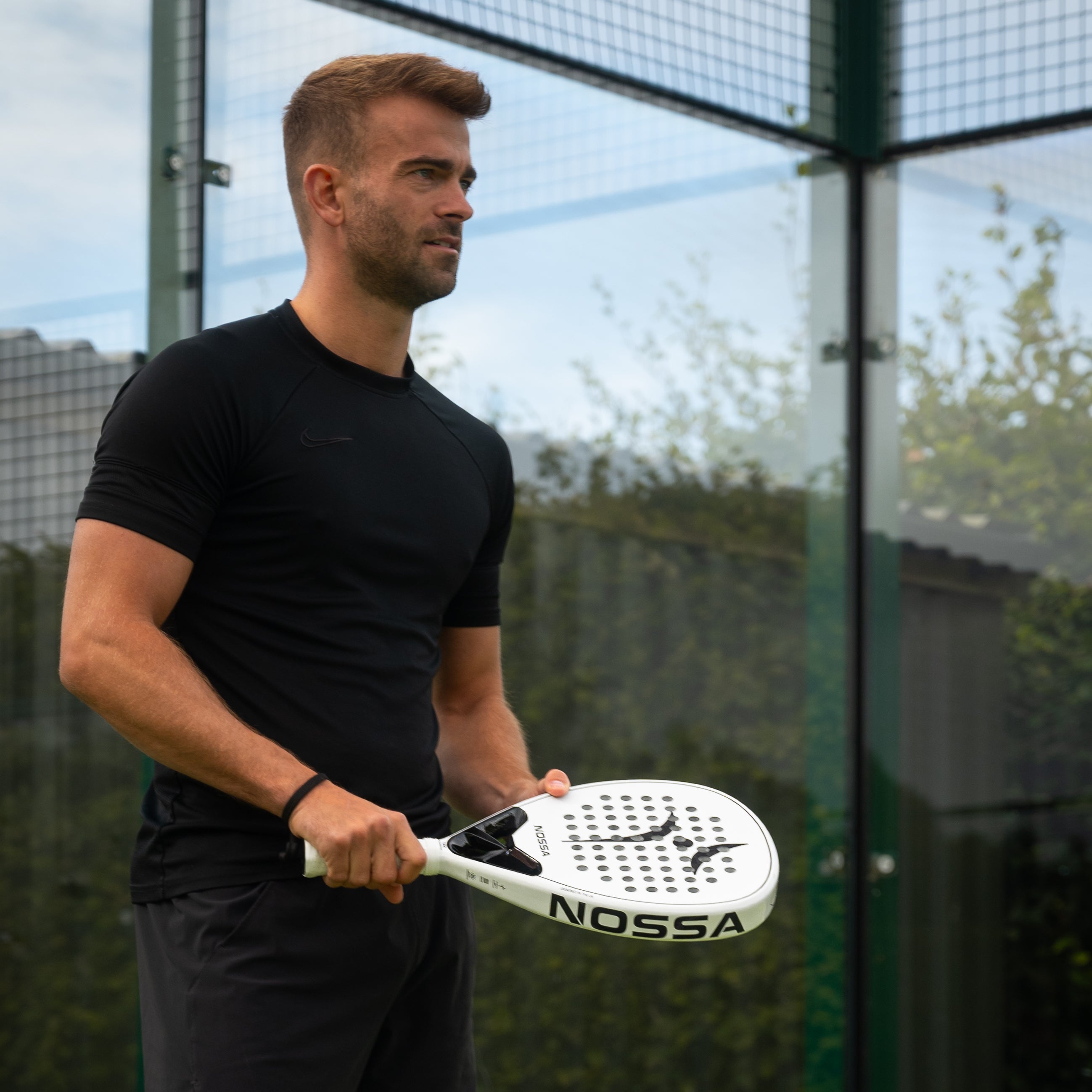What Is Padel? The World’s Fastest Growing Sport
Padel isn’t just trending—it’s booming. With over 25 million players worldwide, it’s officially the fastest-growing racket sport on the planet. From Serena Williams to Stormzy and even half the staff at Pro:Direct, padel fever is everywhere. So, what makes it so addictive?
Why Padel’s Blowing Up
You’ve probably seen padel popping up all over social media—and for good reason. Everyone from pro athletes to casual weekend players are picking up a racket. Here's why it’s taking off:
✅ Quick to Pick Up, Tough to Master – Played on a smaller court with walls in play and an underarm serve, padel offers high-energy rallies without the steep learning curve of tennis.
✅ Social by Design – Always played in doubles, padel is naturally collaborative, fun, and built for long, satisfying exchanges.
✅ Endorsed by Legends – Big names like Nadal and Serena aren’t just playing—they’re investing in padel academies around the world.
Whether you're a seasoned tennis player or completely new to racket sports, padel is easy to fall in love with—and even harder to stop playing.
How Is Padel Played?
Padel is like tennis and squash had a smarter, more social cousin. It’s doubles-only, with glass or mesh walls that keep the ball in play and add a whole new dimension to rallies. The serve is underhand, making it easier for beginners to start, but once you’re into a rally, expect rapid volleys, clever positioning, and tactical teamwork.
Padel Scoring, Explained
Padel sticks with the classic tennis scoring system: games go 15–30–40, with deuce requiring a two-point advantage. Win six games to take the set, but if you hit 6-6, you’ll play a tiebreak to seven. Matches are usually best of three sets, keeping things competitive from the first point to the last.
Why Is Everyone Playing Padel?
The magic of padel lies in its accessibility. No previous racket experience? No problem—you can rally within your first session. It’s fast, strategic, and less punishing on the body than tennis, making it ideal for all ages. The doubles format brings people together, and the social side doesn’t stop at the final point—catch-ups after matches are part of the culture.
Padel Court Size and Design
A padel court is 20 meters long and 10 meters wide—about a third smaller than a tennis court—and fully enclosed by 4-meter-high glass or mesh walls. These aren’t just for looks; they’re part of the action. Balls can bounce off the walls, creating angles and shots you won’t find in any other sport.
Do You Need to Be Super Fit to Play?
Not at all. Padel is more about positioning, reaction, and smart teamwork than raw fitness. You’ll get a solid workout, but the game’s flow makes it feel more fun than fatiguing—perfect if you’re after something active without the pressure of intense training.
Padel vs Tennis vs Pickleball
Padel shares DNA with both tennis and pickleball, but it’s very much its own game. Like tennis, it uses pressurized balls and rackets with a solid face. But unlike tennis, it’s always doubles and played in an enclosed court where the ball stays in play longer. Compared to pickleball, padel is faster and more dynamic, with more spin, angles, and a greater sense of flow.
Thinking About Trying Padel?
Padel is fun, accessible, and completely addictive. Whether you’re looking for a new way to stay fit, a social sport to play with friends, or your next big passion, it ticks every box. Hit your local courts, grab the right gear—from rackets to bags to balls—and see for yourself why padel is the hottest sport right now.





Leave a comment
This site is protected by hCaptcha and the hCaptcha Privacy Policy and Terms of Service apply.